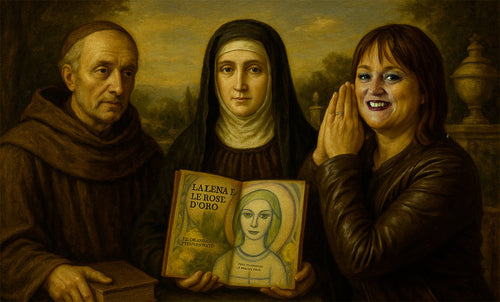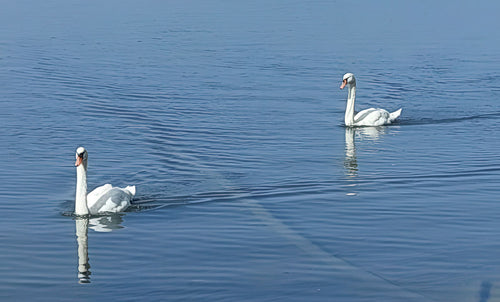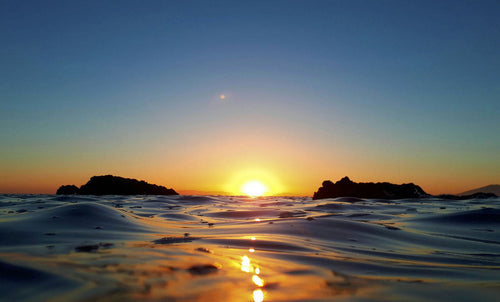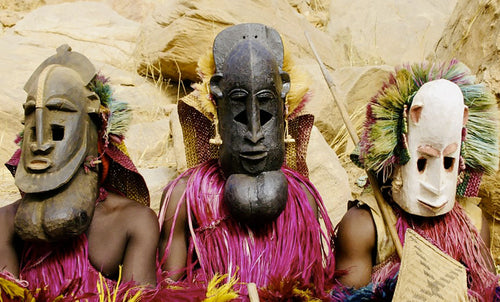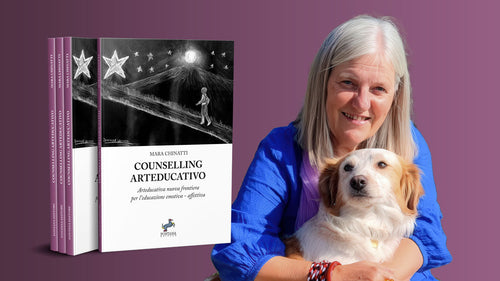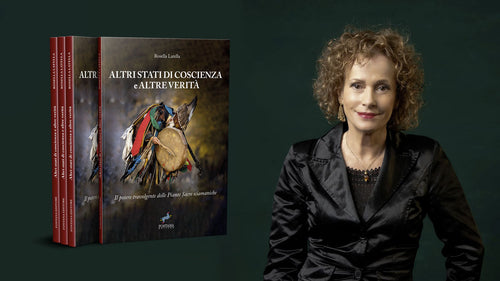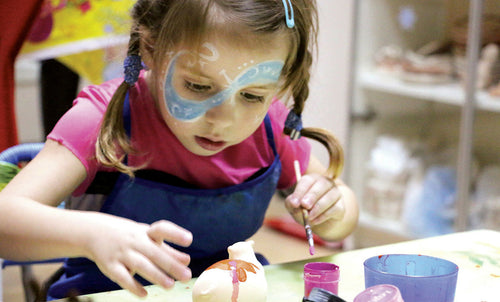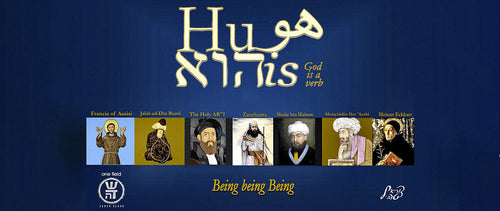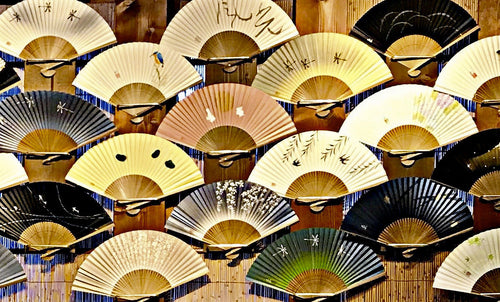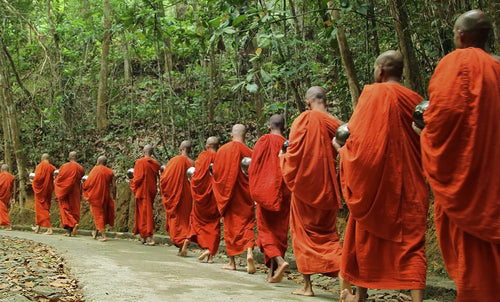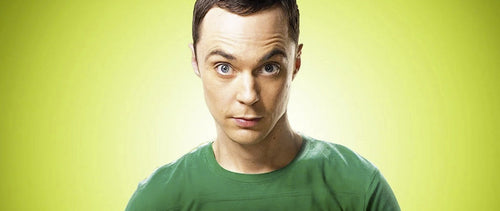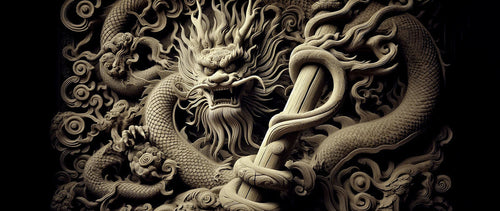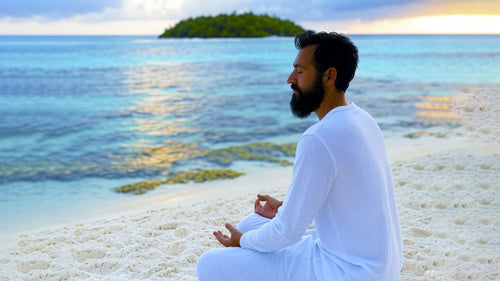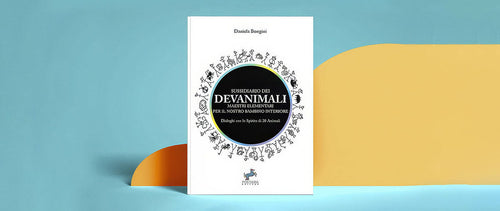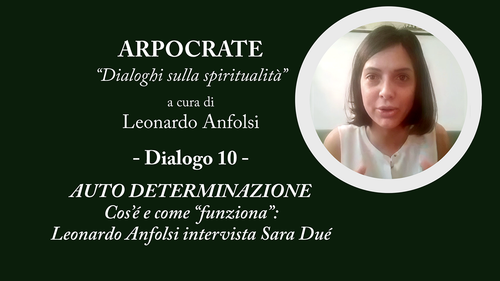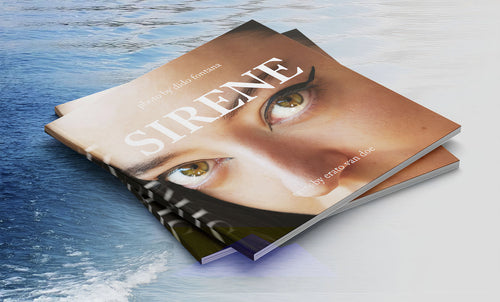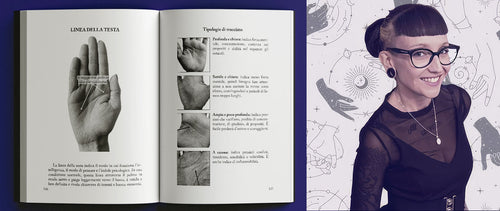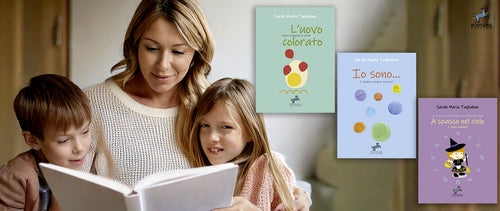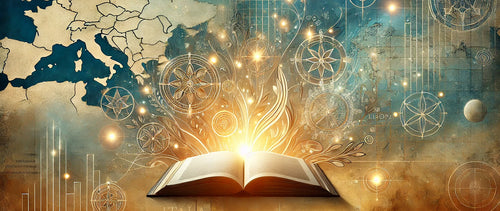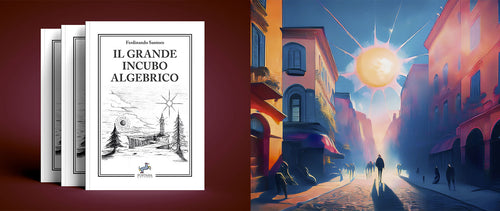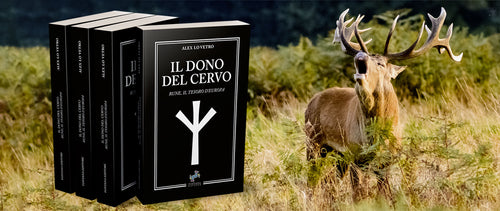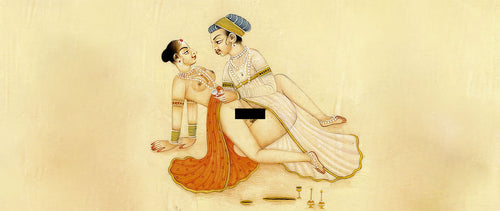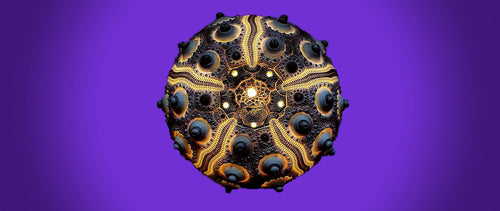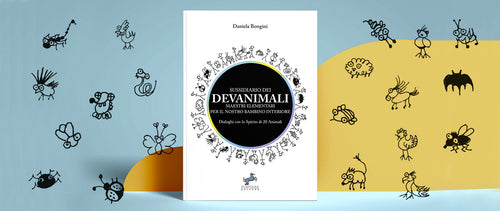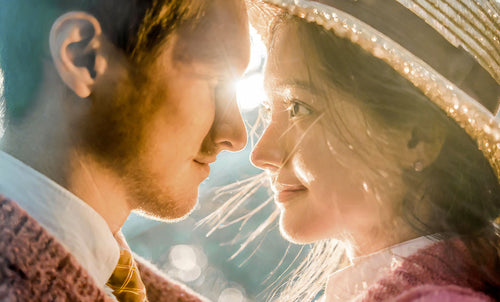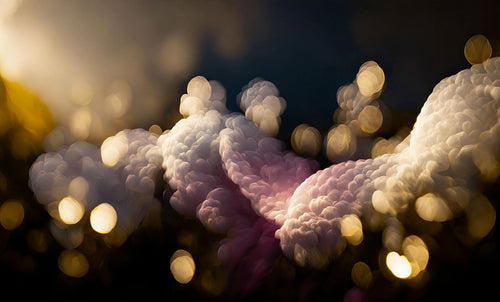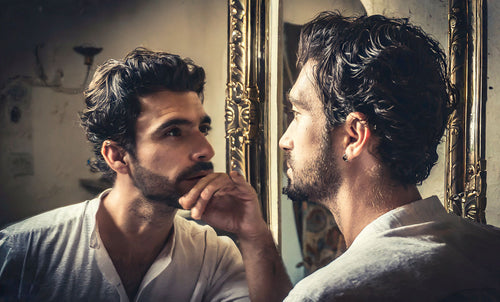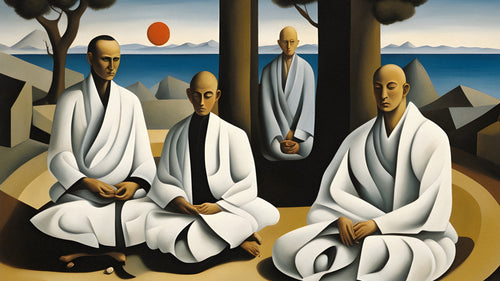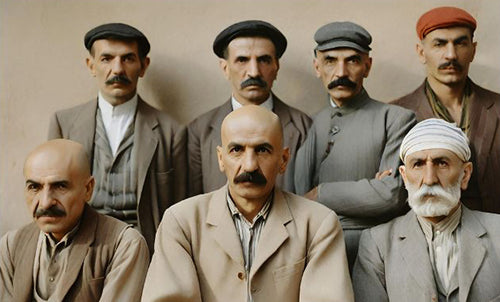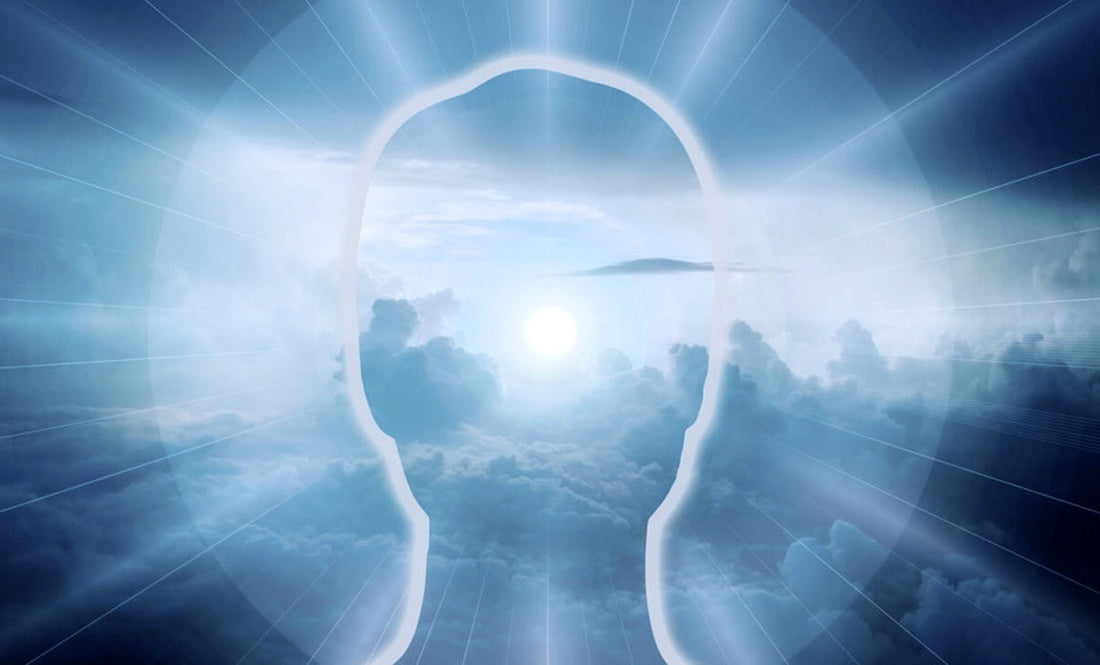
RIGPA. The Greatest Mystery of Life - Part 1
Leonardo Anfolsi e Alessandro RusticelliAnd the Rediscovery of a Boundless Freedom
Here we are dealing with a real mystery, not a literary fiction; a dimension of existence commonly-unnoticed, yet essential. We will give historical and philosophical account of what we say, enriching our research with the results of academic studies, certainly, but also with those intuitions that come from the experience of exceptional characters, who have crossed this no man's land and have returned to tell us about it. We will do it in the most naked and useful way for all of us: outside of metaphors and dogmas of any kind, addressing only the facts.
The belief of most of the West regarding what is “physical” - and therefore true - in contrast to the so-called “supernatural” has led us astray to the point that the discovery of this Mystery and the disclosure of its existence sounds strange, even disturbing. The greatest difference with those Truths that are “before our eyes” - according to the tenets of revelation or obviousness - is given by the fact that the mystery we are about to reveal dwells within us, in our very gaze. Or rather, it is as if this gaze were unlimited from within.
What we are talking about is not a mystery of the world, which we can try to solve by looking around, but belongs to our own gaze.
It precedes every opinion and the clarity that accompanies it is such that it is incredible, astonishing, even when we finally realize that it is simply our very nature. The exceptionality that this dimension expresses is outside of time and space: even if we could define it as “an oceanic here”, it would not actually be positionable anywhere, being everywhere and at the same time within the very mystery of our presence. Therefore it is ubiquitous, but above all it is part of our field of experience and, among other things, of our most intimate and most secret history since we were newborns, indeed especially when we were newborns.
It is not even “behind our eyes” in physiological terms, for example, in the hypothalamus or in the third eye chakra, because this mystery of ours is both what looks at us and the very life of the entire universe, even that which we do not know, that we cannot place, nor could we imagine it being in some other place. If anything, the hypothalamus or the sixth chakra are its manifestations on planes that we could define as “lower”.
It is as if the entire universe in its vastness were looking through our eyes. Someone noticed it while risking his life during an accident, or in extreme torment, or while "for the first time in my life I saw oranges ". The smartest way to realize this wonder is to evoke it in our meditation, leaving the known, learning silence and opening our gaze, both internal and daily.
We write here about mystery not to create suspense but to encourage those who want to seek this "state", which is the most evident but unexpected experience, the most necessary to experience, yet rare among those men and women who are now adults, serious and credible, who run madly after the "truth" in the same way they try to survive; instead this mystery is the most intimate thing we can ever have intuited, the dimension in which we lived when we were just born, which we then forgot to chase the world ...
But now we must clear the windowsill of the dust of words, of conceptualizations, if we want to lean out and see the naked experiential reality as a true and sincere researcher of facts would like. Just as we write about this “preliminary purification” the words of a master of the past come to mind who emphasized how, in reality, everything is already pure. During a poetic contest with the head monk at his master’s temple, he, a layman and illiterate, asked to have his composition written down. The first is the poem of the cultured head monk, the second in italics is his, who at the temple cleaned and ground the rice in the kitchen.
“The body is the tree under which the Buddha is enlightened, the mind is like a clear mirror; continually strive to polish it, so as not to let dust gather in it.”
"Enlightenment has nothing to do with that tree, Nor is there any support for any mirror. Since everything is empty (i.e. “unified”) from the beginning, Where can dust ever settle?
When we are children we can believe silly things like that the radio is inhabited by little men who talk and play or that they give us the news of the day, but - conversely - we have a very particular lucidity - let's call it "metaphysical" - thanks to which we perform heroic gestures, generally considered meaningless, like talking to pigeons and listening to what they say; but what matters most is that we have a sense of immensity that is dear and normal to us, to the point that we could try to catch an airplane in flight with our fingers. Fortunately we don't succeed, so the safety of the passengers of flight B4117 Paris - Rome is assured.
But in the same way we can become dangerous when we grow up, and this time for real, believing in science as well as in anything else that we consider to be absolutely true, without any need to reconsider it, update it or discuss it. At least the child, in his innocence, remembers with that harmless act that he is this living reality as I = WORLD.
Now from Zen, in an attempt to explain ourselves, let's move for a moment to Tibetan Buddhism, where there is a fundamental concept, although little known to the West: rigpa. It represents one of the pillars of dzogchen, the teaching considered by many lamas to be the highest and most secret of the tradition of the ancients , the nyingmapa, and of bön, or that millenary wisdom that informed all of Central Asia in times now lost.
However. All the higher levels of practice, in the Tibetan world as in the tantric teaching in general, are preceded by the practice that realizes the individual's encounter with the divine power, by philosophical study and by ngöndro practices. This is just to say that in general, to reach this "letting go", one is certainly encouraged in a necessary religious/philosophical practice.
And yet, soon, we will have to face our mind by observing it, to understand how we experience all its aspects. Urgyen Rinpoche, like many exponents of this tradition, claimed that by observing our mind we can recognize a clear and spontaneous awareness, a detonating yet peaceful and joyful presence-in-the-here-and-now, which knows neither birth nor death, called, precisely, rigpa . By focusing on our ordinary mind, we see how it is constantly influenced by the circumstances of life, where worries and thoughts crowd it to the point of apparently obscuring even the clarity of our perception and therefore of the immediate intuition of reality.
It would be extraordinary to be able to fly above the clouds of conflicting emotions and thoughts and discover that, even on the darkest days, the sky can certainly remain clear. Buddhism, in all its schools, albeit in different ways, teaches us that this is possible through meditation. Faced with a huge range of proposals, regardless of the method we choose, meditating helps us to awaken to our true nature, that state of openness and presence that precedes all conditioning, allowing us to flow with life, instead of trying to control it driven by fear and attachment.

Rigpa, often translated as “primordial awareness” or “direct knowledge of reality,” is not simply a state of mind, but the very essence of our being: silent in its own unique way, luminous, powerful, blissful and therefore intrinsically positive. How do we practice the state of rigpa? To reach it, we must recognize that ourselves that remains in itself without needing anything else. An impressive peace and silence then occur: the breath seems suspended, the gaze is immobile, eternity is understood as a boundless and in itself perfect vertigo.
Go to the second part of the article >>>









